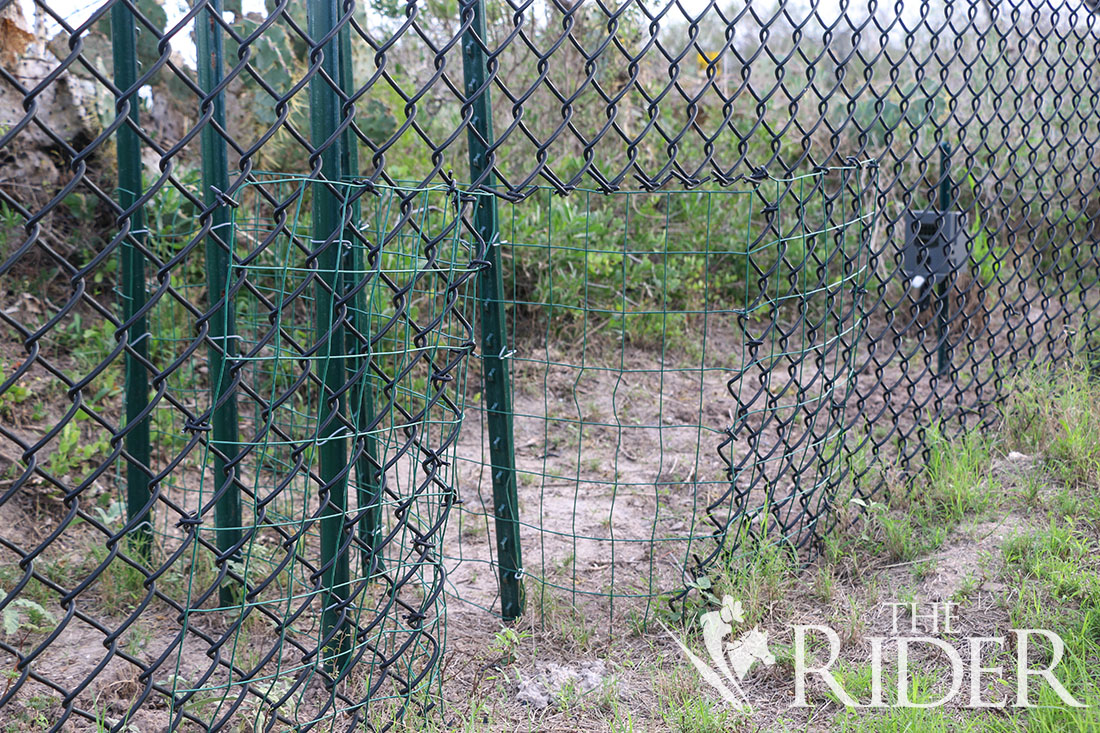About 6,000 animals have used wildlife crossings throughout State Highway 100 instead of crossing the road, according to a study being conducted by UTRGV that will provide data to state and federal agencies.
In 2014, the Texas Department of Transportation (TxDOT) began a $5 million project that implemented five wildlife crossings on SH 100 with the purpose of preventing the endangered ocelot from being killed on the road.
Texas State Highway 100 runs from U.S. Highway 77/83 and ends at the Queen Isabella Memorial Causeway in Port Isabel.
Two years later, UTRGV began a study of the wildlife crossings in order to collect numbers and data that are necessary for TxDOT to justify its project. The study will end in 2020.
“The U.S. Fish and Wildlife needs a report on how the behavior has occurred when using the crossings and the expertise of UTRGV has been the one that has helped, at least formulate and maintain these studies along the corridors,” said Octavio Saenz, a public information officer for TxDOT.
Saenz said the crossings keep wildlife alive and off the road and therefore, help maintain safety.

Animals that have used the crossings include bobcats, raccoons, opossums, weasels, foxes, rabbits, turtles and snakes.
Richard Kline, an associate professor for the School of Earth, Environmental and Marine Sciences, said there are several different crossing structures. One type are animal underpasses.
“The animals are actually directed towards these underpasses and they walk through underneath the railing,” Kline said.
Another type is barrier fencing along SH 100 that prevents animals from getting on the road.
“We also have cattle wildlife guards, which actually prevent the animals from walking onto the road,” Kline said. “And, just recently, animal exits were also installed so that any small animals that get on the road can actually have an exit to get off through these funnel chute structures that they had installed.”
He said over 10,000 animals have been prevented from getting on the road.
The crossings also provide safety for drivers by preventing animals from crossing the road and causing traffic accidents.

UTRGV’s study benefits students as well.
Kline said there will be seven students fully funded, which means they will receive a monthly stipend sufficient to cover living expenses and tuition in the master’s program, to complete their thesis on the project. Five undergraduate students were hired to work on different aspects of the project.
Asked for advice to students who would want to participate in similar projects, Kline replied: “You need to be ready to work in really hot and humid conditions, know what a rattlesnake looks like and also have a, you know, an interest in trying to participate in animal conservation.”
Saenz said the crossings have been so successful that 12 more crossings will be installed on Farm-to-Market Road 106.
Funding for crossings comes from allocated funds given to the district project.
Taylor Hopkins, a graduate research assistant for the project and biology graduate student, found out about the project through a job board.
Hopkins ensures that data needed to fulfill their grant is collected. He is also working on his thesis and looking at the area surrounding wildlife crossings.
“There is a large, beautiful array of wildlife species here in South Texas that, from what I’ve noticed talking to people in the Valley, people don’t really know much about as I really think they should,” he said. “A lot of the species here are very unique for this area and are unique to only [this] part of the United States.”
He said projects like the SH 100 wildlife crossings are extremely important but not well documented and understood by scientists and the public.
“As more people notice them and focus on them and realize everything that road ecology projects are actually doing, both for the ecosystems around and people, people are going to get a lot more interested on what’s actually going on,” Hopkins said.
Thomas Yamashita, a graduate student in the ACE (Agricultural Environmental Sustainability Sciences division) and a research assistant, also heard about the project through a job board.
Yamashita leads the road mortality aspect of the project, analyzes the data gathered and works on camera traps.
He said the crossings are important for drivers as well as animals because it prevents collisions.
“Collisions can be harmful for drivers and cause accidents, but even non-collisions can cause accidents because drivers try to avoid the animal and they end up swerving onto another lane or off the road,” Yamashita said.
He said projects, such as the crossings, are important for conservation purposes and the mitigation structures reduce human impact on wildlife.
“When you’re out on the roadway, look to your right and left and see all of these great things that Texas Department of Transportation is putting up trying to preserve these animals and wildlife,” Kline said.
Saenz encourages people to visit www.txdot.gov to see more information on wildlife crossings.
Para la versión en español de este artículo, oprima aquí.






